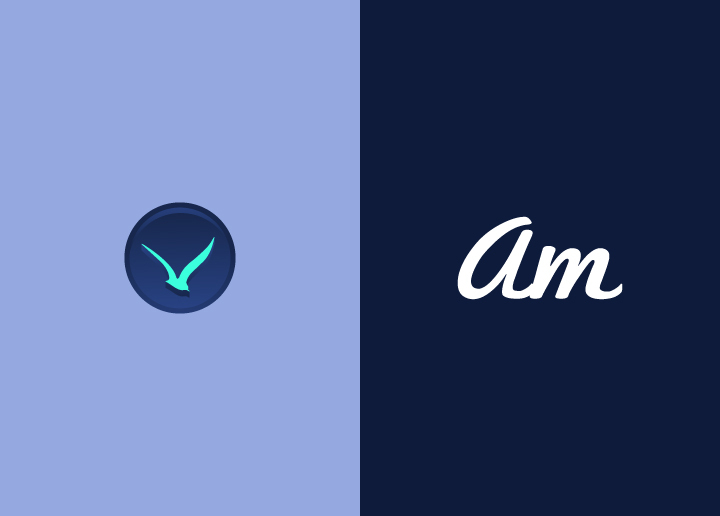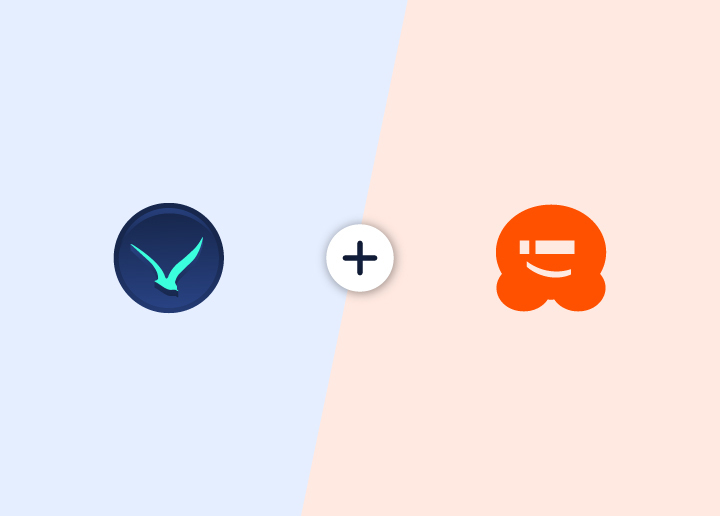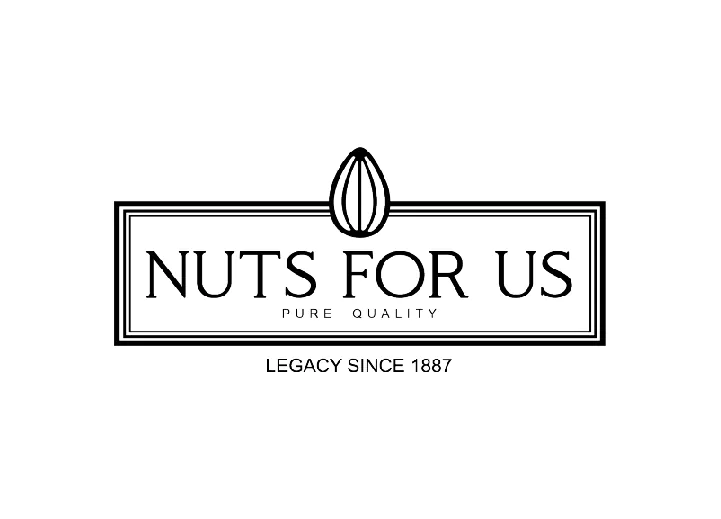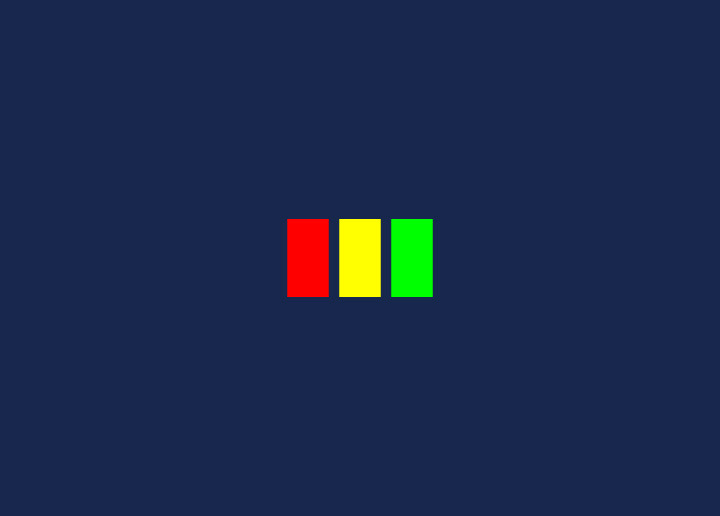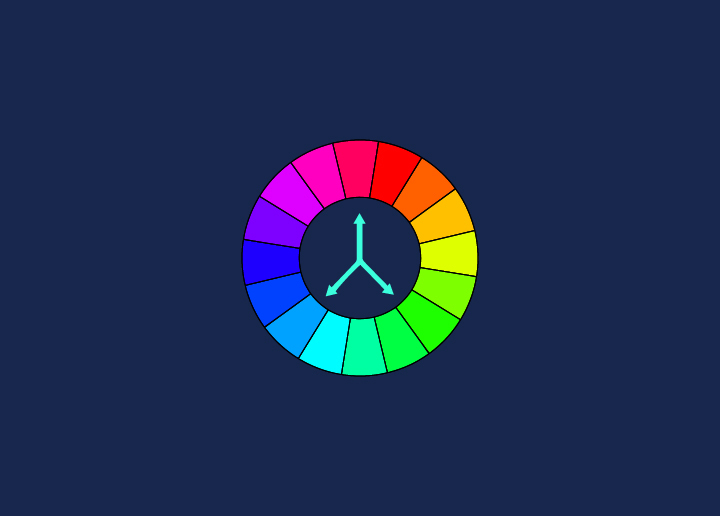Triadic colors are a color scheme in which three colors are combined at degrees from each other on the color wheel. It is often considered the best color scheme for web design because it creates a balanced and harmonious look.
When using triadic colors, choosing one color as the dominant or primary color is essential, and then using the other two colors as accents. This will create a visually pleasing and cohesive design.
To find triadic colors, draw an equilateral triangle on the color wheel. The three points of the triangle will be your three colors. For example, if you choose red, yellow, and blue as your triadic colors, you can use red as your dominant color and then use yellow and blue as accents.
You can use similar or related hues for your triadic colors to create a more subtle look. For example, if you choose red, orange, and yellow as your triadic colors, you can use red as your dominant color and orange and yellow as accents. This will create a more unified look since all colors will be in the same family.
Whether you choose contrasting or related hues for your triadic colors, this color scheme will surely give your web design a polished and professional look!
Benefits of Using Triadic Colors in Web Design
There are many benefits to using triadic colors in web design.
- For one, it can create a more visually appealing and balanced design.
- Additionally, triadic color schemes can help to add interest and depth to a design and can also make a website more memorable.
- Finally, using triadic colors can make it easier for users to navigate a website and find the information they seek.
How to Select Color Combinations for Triadic Color Schemes?
Triadic colors are one of web design’s most popular color schemes. This color scheme uses three evenly spaced colors around the color wheel. Triadic color schemes are well-balanced and can provide great harmony to a design.
To select triadic colors, find two colors you like together. Once you have found these two colors, look for a third color equally spaced from the other two on the color wheel. For example, if you selected red and yellow, you could look for a blue halfway between them on the color wheel.
Once you have found your three colors, experiment with combinations to see what looks best together, and try different shades and tints of each color to see what works best. You can also use a tool like Adobe Color CC to help you find triadic color combinations that work well together.
Conclusion
The triadic color scheme is a great way to create visually pleasing designs. Combining three colors at 120 degrees from each other on the color wheel can achieve various looks that attract attention and draw people in. With the right combination of colors, you can take your web design to the next level and make your website stand out from all the rest. So get creative and have fun exploring different color combinations!
